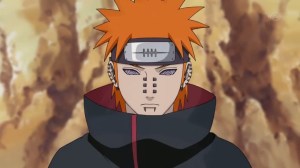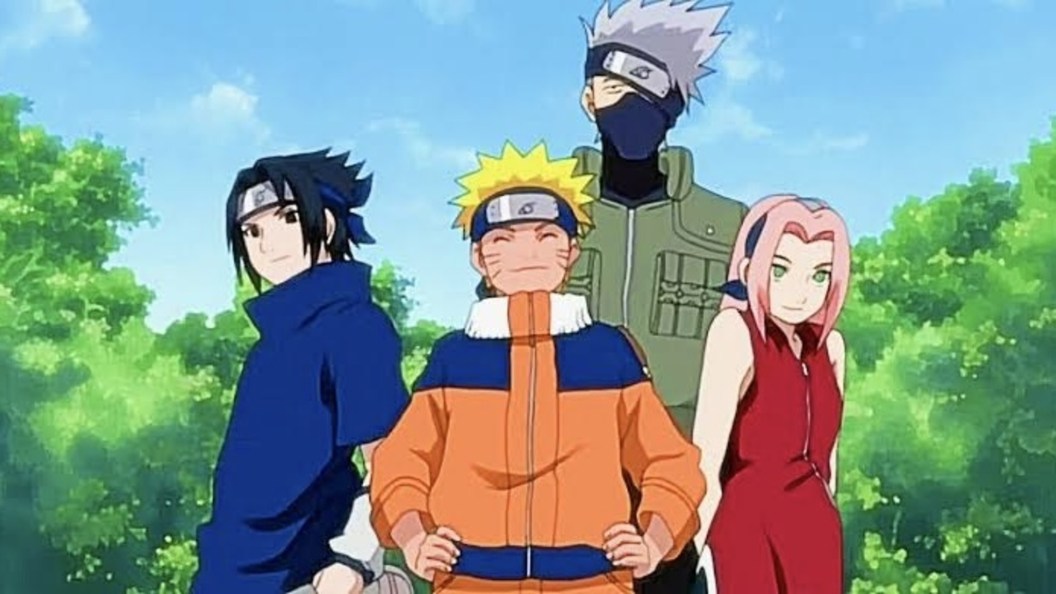
Naruto is one of the most beloved shonen anime of all time, and for good reason. If you haven’t seen it, just know that we consider it a must-watch. But just being good doesn’t exempt it from plot holes. In fact, it’s one of those series where things like plot holes and its infamous (but also famous) filler have become an indelible part of its charm. Since Naruto has been around, fans have been debating over nitpicks, and everybody loves that about it.
Here, with love for the classic series in our hearts, we’re digging into some of those things fans love to argue over. For the uninitiated, a quick note here: when we refer to Naruto‘s halves, we mean in terms of the manga. The first half was animated as Naruto, and the second was animated as Naruto: Shippuden.
1) The Sound Village Just Disappears
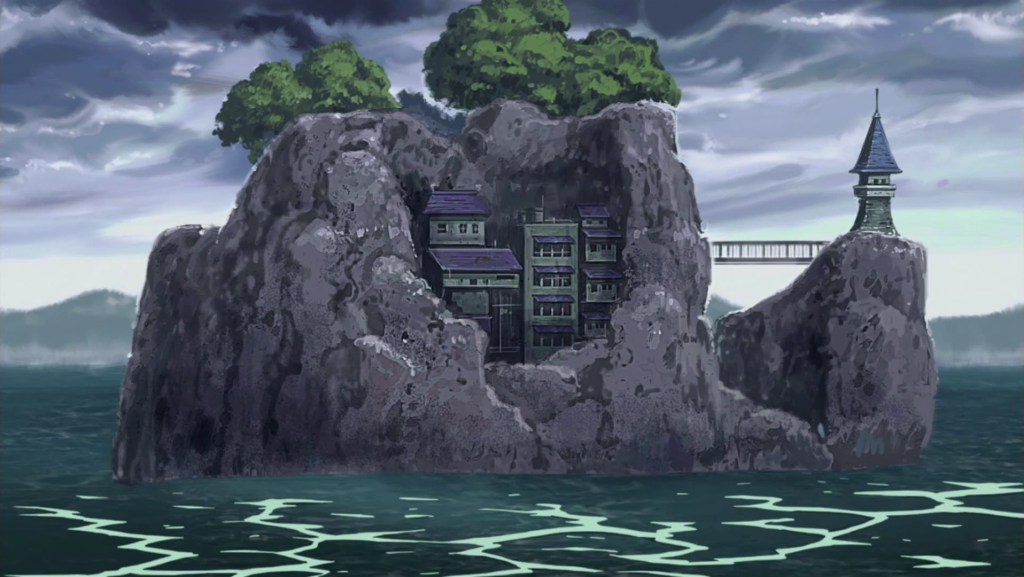
The Hidden Sound Village (Otogakure) was Orochimaru’s “village” comprised of a loose network of laboratories, and it was pivotal in Naruto‘s first half. Orochimaru claimed to have founded the village so that interested shinobi could escape the war-centered life of the Five Great Nations, which, to be frank, is completely fair. In reality, though, Otogakure was just a place where Orochimaru and his shinobi could carry out their experiments and train in private.
The Otogakure provided a means for Orochimaru to infiltrate the Chunin exams and, later, invade Konoha. The village is pivotal to both the “Chunin Exams” and “Konoha Crush” arcs, but after that, the village practically disappears, only occasionally being mentioned when it’s relevant to whatever’s on-screen. Orochimaru’s arc writ large doesn’t exactly make sense (don’t worry, we’ll get to that), but much more could have been done with Otogakure than Kishimoto seemed to think.
2) Izanami Just Appears
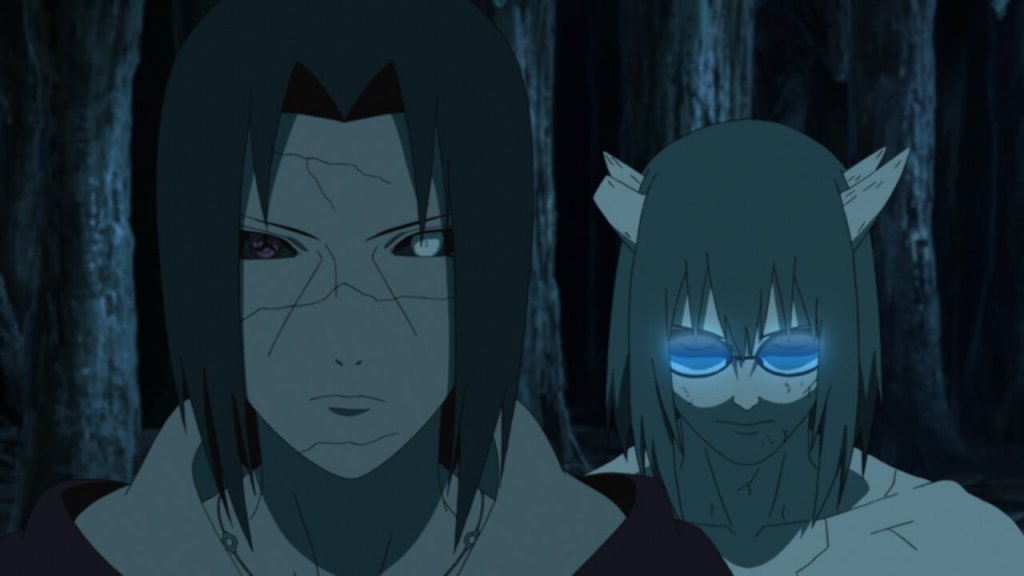
Izanagi is a terrifying jutsu that essentially lets the user change reality itself for the target for the duration of the jutsu. Izanami, on the other hand, exists just to force Izanagi users to accept the reality they tried to rewrite. Its activation conditions are incredibly precise, and the price of its use is incredibly high. The idea of an Izanami counterpart to Izanagi, of course, makes sense within the context of Naruto and its references to Japanese mythology; Izanagi and Izanami are a destined pair in Shintoism.
In other words, it’s not exactly that Izanami comes out of nowhere. It’s more that Izanagi is fairly established in Naruto‘s lore, with understandable and justifiable (if overpowered) conditions attached. When Itachi uses Izanami, it comes across as yet another Uchiha power-up. It also just happens to appear at the right moment to be the plot magic that makes Kabuto realize the error of his ways―which might explain why its mechanics feel so contrived. Izanami is undeniably cool, but its implementation makes as little sense as the fact it never appears again.
3) Naruto Forgets About Its Clans
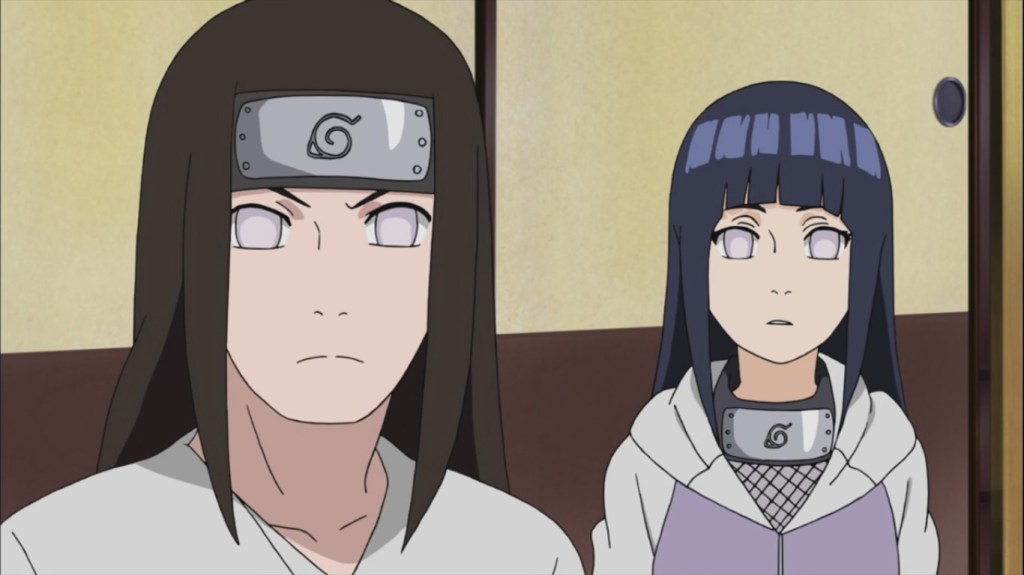
Clan affairs play a huge part in the first half of Naruto. By the time Naruto Shippuden comes around, though, they’re pushed way in the background. One of the best examples of this is the Hyuga Clan and the Branch Family Curse Marks. The gap between Neji and Hinata, and the lore about the Hyuga clan writ large, motivates a significant chunk of Naruto‘s narrative. It reaches a soft resolution with Neji and Hinata’s mutual understanding, but fans have no way to explain whatever actually happened to the Curse Marks as a plotline.
For example, strictly speaking, Boruto‘s Himawaru should have a Curse Mark, since Hinata wasn’t the Main Family heir. Fans can theorize about why this isn’t the case, but there’s no canonical explanation. Within Naruto itself, fans have often bemoaned the lack of narrative emphasis on Naruto and Kushina’s Uzumaki clan, with characters like Karin existing solely to tease that possibility. Naruto set itself up as a story about clans that function together, however uneasily, within shinobi society, but by the time of Shippuden, almost all emphasis shifts just to the Senju and Uzumaki clans. (Even then, it’s hardly satisfactory.)
4) Akatsuki Rings Cease To Exist
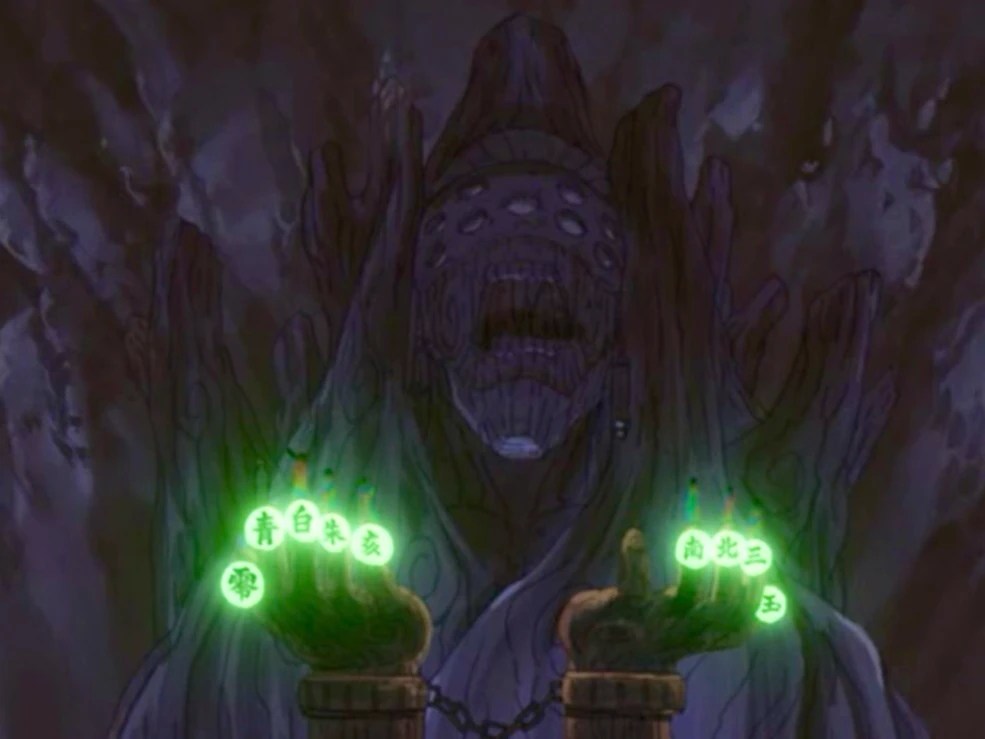
One of the major plot points early into Naruto Shippuden is the Akatsuki Rings. They obviously have a major role to play, given that they’re used to seal the Tailed Beasts into the Demonic Statue of the Outer Path, as well as to facilitate the communication of different Akatsuki members. When Akatsuki is just getting their footing in Naruto‘s narrative, some of the most impressive scenes involve the Akatsuki rings.
Their exact mechanism was never explained for fans though. The demonic statue remains important well into the war for the purposes of summoning the Ten Tails. However, at a certain point, the Akatsuki rings used to seal Tailed Beasts within the statue just fall off the map. The last real mention of the Akatsuki rings is when Obito (as Tobi) has to recover Sasori’s ring before joining the Akatsuki himself. That hasn’t stopped Naruto fans, though; even among today, the rings remain an identifiable icon of Akatsuki often sold as collectible merch.
5) Why Is Naruto Hokage, Again?

So, the war is over. Naruto and Sasuke have just had their big final battle. There’s a little bit of narrative soul-searching as Naruto Shippuden flounders toward its end. Next thing you know, Naruto is Hokage―missing his own coronation ceremony, no less. One of the most anticipated moments in the whole series, and he misses his coronation. At any rate, Naruto skips over a lot of the messy details. Sure, Naruto was a hero during the Pain Offensive and the Fourth Great Ninja War, but that doesn’t automatically mean he should become Hokage. But being a top-notch shinobi doesn’t mean you’re qualified to lead the most powerful village in the world, even if you’ve been there for certain world events.
Nor does it get rid of the possibility of some messier plot details―is it really true that nobody contested Naruto becoming Hokage? Was it really so clean? Did Naruto really not think ahead on the various promises he made over the course of the series, like to end the Hyuga curse tradition or to bring peace to Amegakure? There’s no period of administrative training, no rite-of-passage, nothing. He’s just Hokage all of a sudden. Naruto takes for granted that Naruto just earns the Hokage position out of thin air, and many fans are unconvinced.
6) The Uchiha Massacre Was Lazy
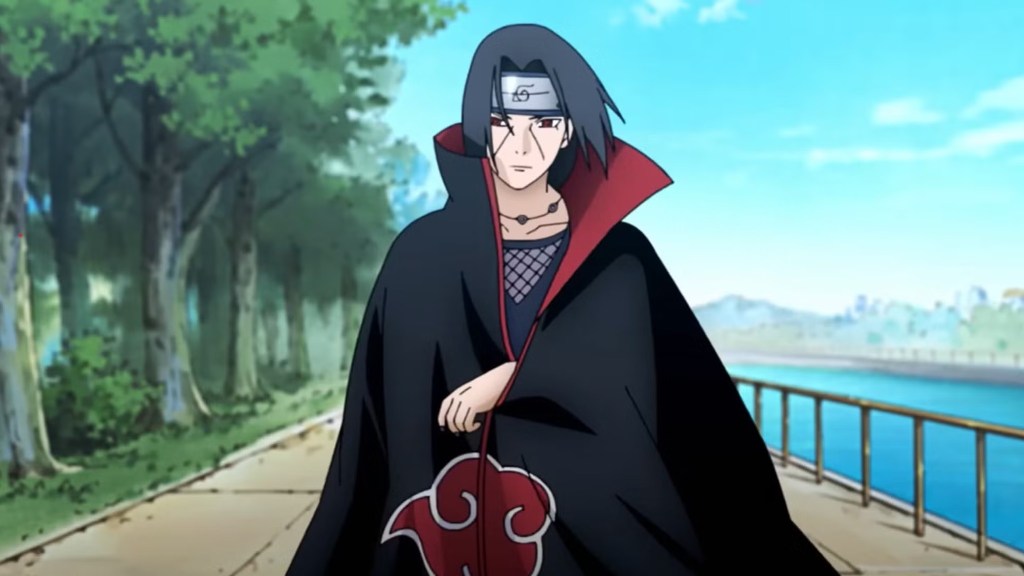
On paper, everything about the Uchiha massacre checks out. But there’s no way to look at it objectively without thinking that, however wrong their actions may have been, the Akatsuki had a point about the shinobi world. Fans who ardently want to come to the defense of Naruto‘s writing will say, for example, that Danzo’s selfish intentions (wanting the Sharingan), Itachi’s own motivations, or the broader interests of Konoha in avoiding a civil war can explain why the Uchiha massacre was a necessary evil. Sorry, though: that’s lazy.
For example, surely, some Naruto fans have heard of “words”, the sounds which come out mouths and the little squiggles that can appear on a page. Fans are expected to believe that, somehow, negotiation or diplomacy were never even considered as an option, and that this path was actually righteous. The Uchiha massacre doesn’t pass the realism test without painting Konoha as a vindictive, horrible society that would rather do anything than change their ways to better integrate the Uchiha into their own society. There’s no excuse for genocide; if the conditions are so bad that the options are genocide or civil war, that’s a bed of your own making.
7) Madara Broke Free Of Edo Tensei
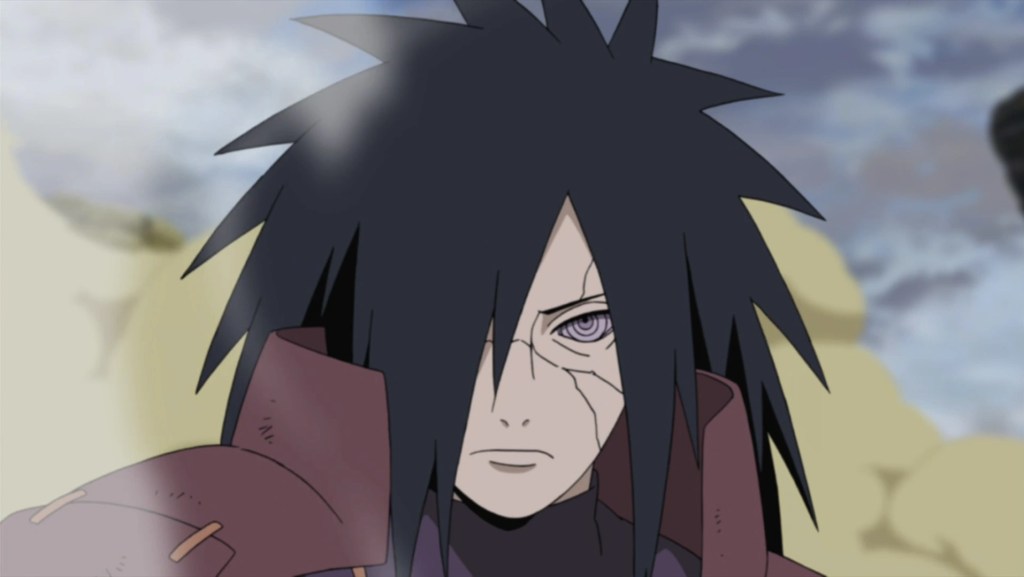
Madara’s breaking free of the Resurrection Jutsu really operates at the edges of what’s believable. There are several parts of this that don’t make sense: the first is the mechanic behind it, itself. At what point would Madara have learned to reverse the hand sign and break the jutsu, which Tobirama definitely would have wanted to keep away from him? Even considering the many battles of the Uchiha against the Senju where he could have learned the hand sign itself, it still doesn’t track.
Furthermore, there’s the question of timing. Why wouldn’t Tobirama break out of the jutsu himself, if the mechanism is so simple? Itachi’s incapacitation of Kabuto released the jutsu for everybody, but it doesn’t explain why those who knew how to break free wouldn’t. What’s clear is that it’s a plot necessity, since Kishimoto wanted Madara to be the final boss of Naruto while clearing up all the other reincarnations. But just because it’s necessary for the plot doesn’t mean that its execution was clean.
8) Wishy-Washy Orochimaru (And The Citizens Who Let It Fly)

Orochimaru is one of Naruto‘s biggest question marks. Naruto sees him commit a massive number of crimes; for example, the manga spares nothing in showing off his human experimentation, with a grotesque view of his secret lab. Naruto Shippuden sees him continue in the role of villain, having defected from Konoha and developed a thirst for revenge. He’s sealed by Itachi, but revived by Sasuke during the Fourth Great Ninja War.
He lends a helping hand to Naruto and Sasuke in fending off Madara, Kabuto, and so forth, and ends up definitely playing an instrumental role in the war. Nonetheless, that doesn’t explain why after the war, he’s pardoned. Life isn’t the easiest for him, of course―he’s monitored 24/7. But nonetheless, he’s never actually punished by Konoha for his actions in life, allowed to return to his experiments and both freely enter and leave the village. The provided rationale is that Konoha might find his research useful down the line, but it’s not exactly satisfying.
9) Kakashi’s Perfect Susano’o
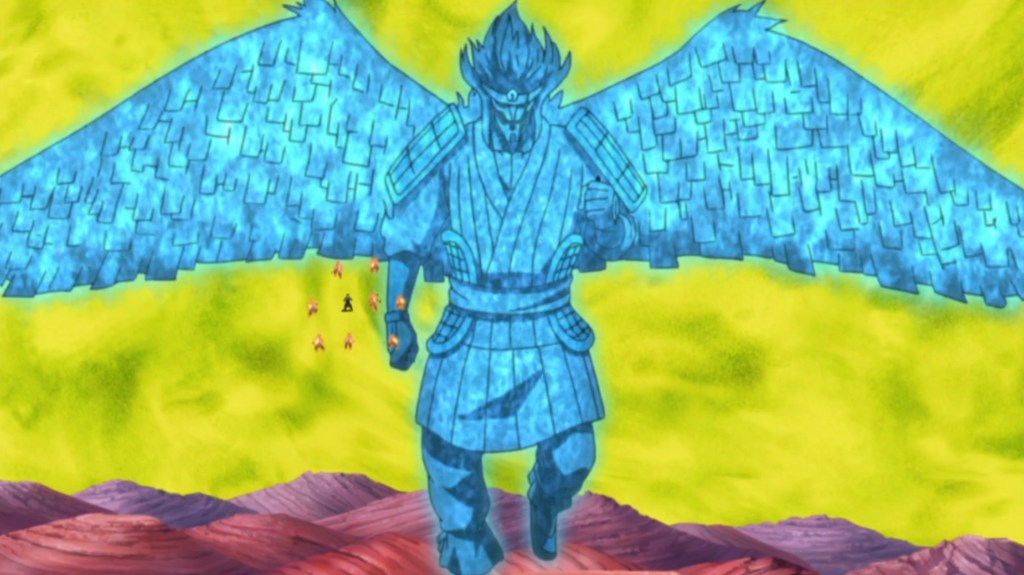
Kakashi’s manifestation of a Perfect Susano’o is one of the moments in the series that makes fans most groan. On the surface, it’s incredibly cool. However, its mechanics leave a lot to be desired: he used Obito’s Mangekyo Sharingan to awaken Susano’o, despite not being an Uchiha. Then Obito’s Six Paths chakra lets Kakashi perfect it. Even for the world’s greatest copy ninja, that’s a pretty tall order.
Like many aspects of Naruto‘s final arcs, the writing here is pretty indefensible. One could compare it to, say, Naruto’s sudden mastery of Sage Mode. Yeah, it makes sense in a bare mechanical sense, if you want it to. But it also leaves a looming question: couldn’t this have been written better, and made much more airtight and satisfying?
10) Yamato Stops Mattering

Yamato is pretty far from a fan favorite, but that doesn’t dilute the role he plays in the story. Yamato comes into play in Naruto‘s second half while Kakashi is out of the picture, taking over the role of leading Team 7 for the “Tenchi Bridge Reconnaissance Mission” arc. When Kakashi eventually starts to lead again, Yamato sticks around, providing support as needed.
He continues to play a role all the way up to the “Paradise Life in a Boat” filler arc, and Yamato provides a passage for bolstering Kakashi’s backstory and the lore around ANBU generally. But heading into the Fourth Great Ninja War, he practically disappears from the story: he’s captured and becomes, effectively, an engine for the enemy forces, stuck inside of Tobi. He plays very little role in the war itself, and the emotional investment readers and viewers made in Yamato for the majority of Naruto Shippuden is thrown back in their faces.
Is there something we missed that doesn’t make any sense to you? We want to hear from you—be sure to drop it in a comment below! And finally, if you’re in a reminiscing mood, look over our list of the best Naruto Shippuden episodes of all time at the link below.
The post 10 Times Naruto Made Absolutely No Sense appeared first on ComicBook.com.

